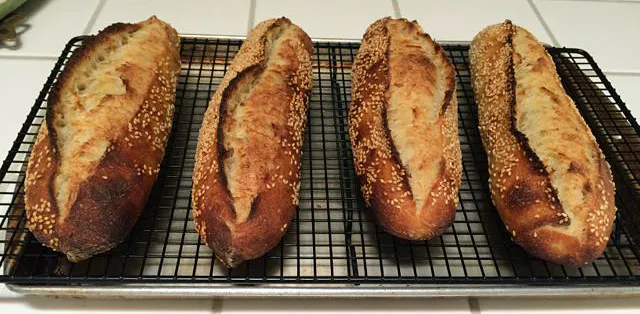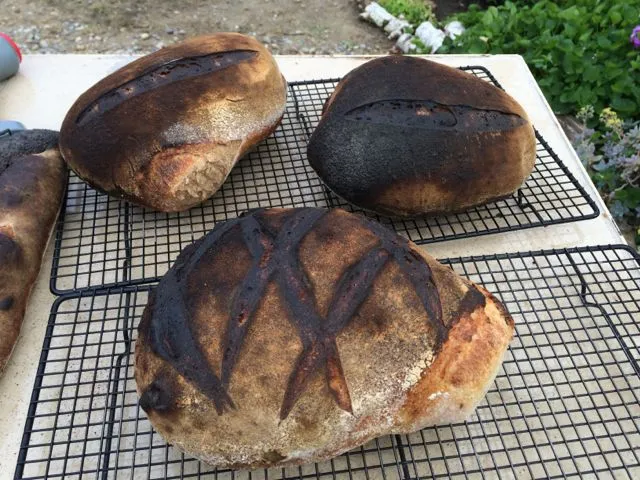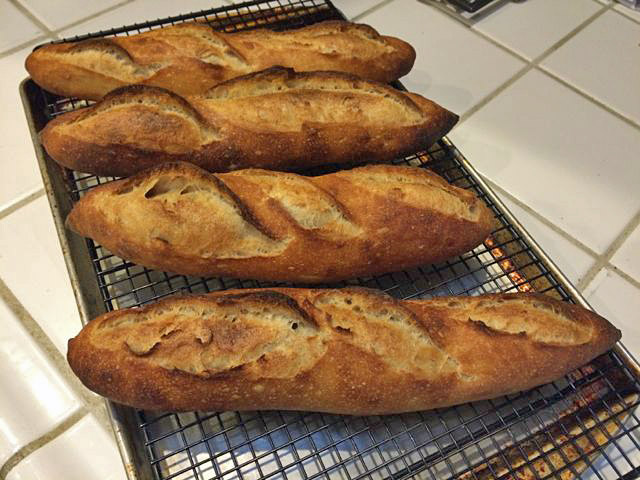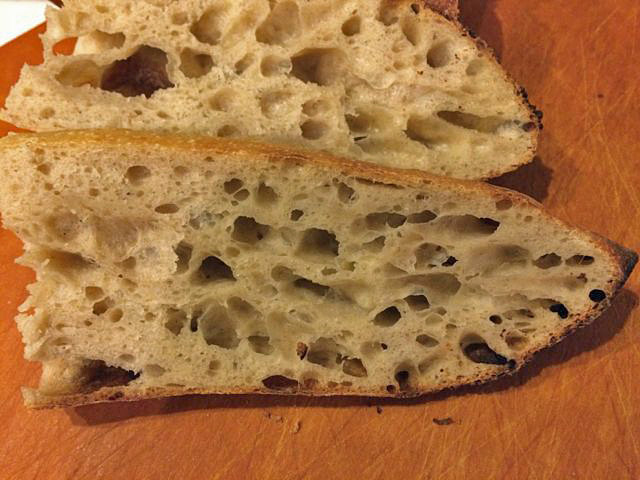My third Wood-fired oven bake: Going public

Today was the party for which I have been "practicing" - featuring my WFO-baked breads. Well, that was kind of the excuse, but it was a potluck with friends from the Italian community, so, needless to say, there was no lack of many other delicious foods.










